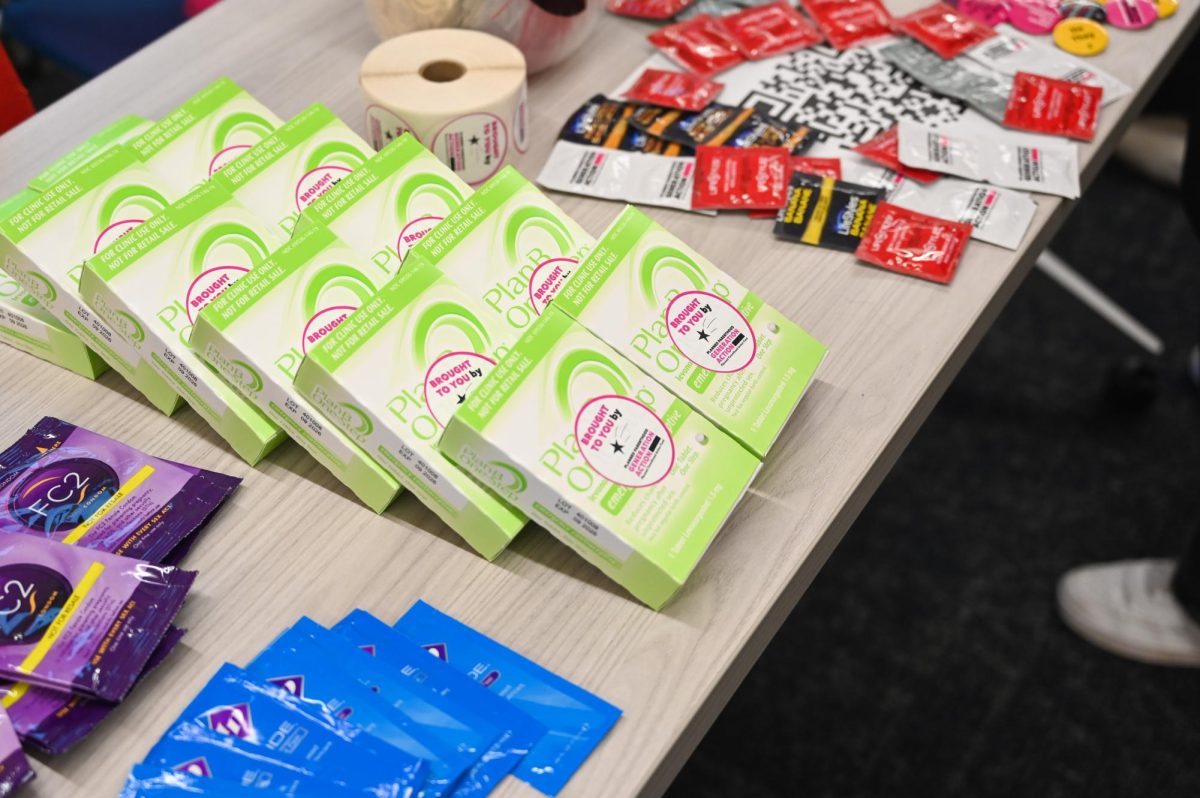
Last month, Google revealed a prototype of a smartphone. Not just any smartphone, but their Project Ara, a smart phone that was built to last. Project Ara’s claim to fame is the Phonebloks system it utilizes. Phonebloks are just what they sound like—blocks for your phone. With this new system, you can upgrade your phone’s specific pieces. For example, let’s say you want a larger battery or a better camera. You can purchase those modules and install them yourself, by popping them into the back of the phone. I believe this system is step in the right direction and while the next prototype is still years off, this is definitely the direction that technology should move in.
Technology is playing a larger role in our lives than it ever has before, and that role is only increasing with time. As a result, there is more physical technology in the world today and e-waste has become a major environmental issue. It is important for tech companies to think toward longer lasting products. Nowadays, a lot of technology is dated. New versions of smartphones are released yearly, prompting people to upgrade so they can have access to the latest features. These devices are now made to last about two years. Smartphones are a wonderful innovation but it is time to take the next step, and I feel like the proper step is toward devices like Project Ara.
Project Ara does what technology should be doing—innovating. When you think about it, this new system takes the upgrade ability of a computer and puts it in a phone. What do you do when you want a better monitor or graphics card for your computer? You go out and buy one and upgrade your existing platform. Phonebloks and Project Ara allow this to come to mobile phones. Personally, I love this idea. I multitask on my phone like most people my age—usually doing productive things while maintaining a presence on various social media sites. As a result, when it comes to upgrading to a new phone, I usually look for battery life and processing power. Project Ara allows me, and users like me, to customize a phone to fit our specific needs, with more storage, better batteries, larger speakers, improved cameras and other upgradable aspects.
Not only does the Project revolutionize that part of the cellular market but it also changes the way the devices will be made. As previously stated, phones nowadays are made to have a short and limited lifespan of functional ability. Imagine phones being built to last for years, upgrades happening whenever a consumer has the money for it and being able to customize a phone to your lifestyle. These are all the things that Project Ara brings to the table.
I said earlier that I liked the way this Project would force cellular technology to move. By forcing companies to make longer lasting devices we could eliminate e-waste. Cleaning up pollution is never a bad thing, and if we seriously get better devices out of it I cannot think of a reason anyone would complain. Not to mention the market could become more efficient. For example, let’s say that instead of building 100 $200 smartphones, a company makes 100 $75 dollar basic phone that use the Phonebloks system along with several $25-$100 upgrades to cater to various lifestyles. Not only would they make a product that undoubtedly makes the consumer happier, but by meeting that consumer’s needs they could form the kind of repeat customers that marketing departments dream of. Essentially, this new Phonebloks system exemplifies several current, positive mottos. Mainly “If you’re going to do something, do it right” and “Go big or go home.” I know I will be picking mine up—in a few years.












